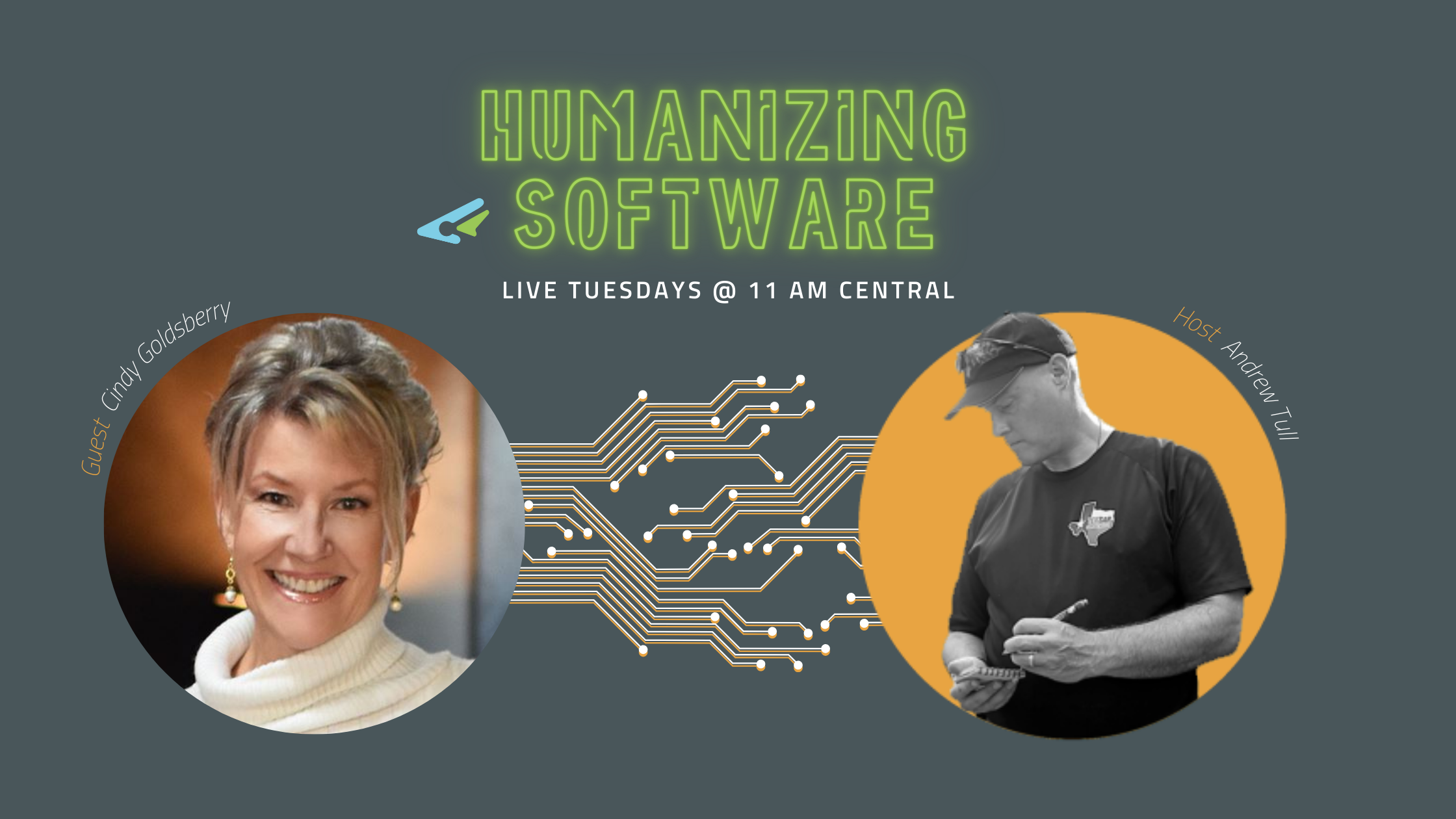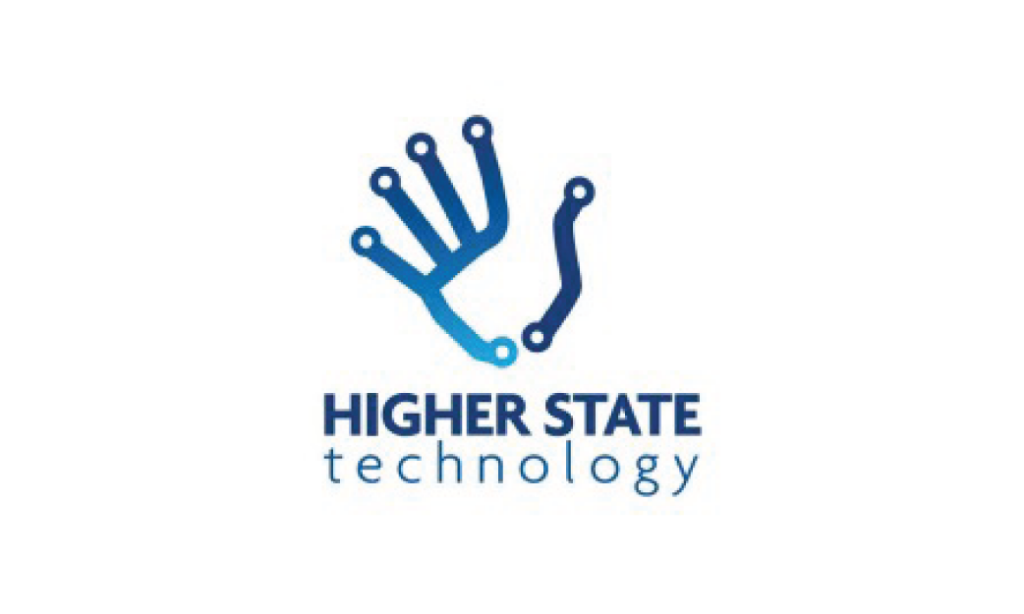In a world where technology is an integral part of our lives, balancing the benefits with the need for human connection and emotional well-being is essential. From the workplace to schools and at home, we need to use a critical eye to identify where technology becomes an enabler and where it becomes a disabler.
As a human-first technology company, we’re about the beings, not just the doings.”
– Cindy Goldsberry
Today’s guest Cindy Goldsberry joins us to talk about how technology impacts us as individuals and as a society and what we can do to emphasize the “people” side of people-driven tech. Cindy works with leadership on sustainable growth strategies to mirror the heart of a company’s service, revenue, and growth goals for their workforce and clients. She has been a Partner in Higher State Technology, an MSSP for SMBs, since 2013 and now acts as a Wisdom Guide to leadership and employees as needed. Cindy is currently getting a Professional Masters Degree in “Emotional Well-being Therapy” with the goal of helping catalyze better living in and through business.
In this conversation, Cindy and I discuss the impact of systems on our everyday lives, her perspective on valuing employees as “souls” rather than just “people” in the workplace, the different currencies in life that we need to be well, the immeasurable value of authentic relationships, how you can cultivate better connections, and more.
Highlights with Cindy Goldsberry
– Cindy’s background in technology and leadership
– Rebuilding from nothingness and reinventing who you are
– Higher State’s Flourish program and the distinction between “people” and “souls” in the workplace
– How COVID-19 has helped strip away people’s layers of protection
– The four Ps of an authentic relationship
– How Visioneering can be applied to systems to support people and processes
– Southwest Airlines — recognizing the interconnectedness of people, systems, and processes
– How the mind impacts the way we perceive and receive the world
– The role of AI in making technology more human
– Bidirectional influences between people and technology
– Why we need technology to serve human beings, not the other way around
– What we can do to fill the communication gaps caused by technology
– Why multimodal means of communication and interaction are essential


